People with underlying illnesses such as diabetes, kidney failure, or liver failure footnote 1. Aug 22, 2016 · légionellose pulmonaire : The bacteria legionella pneumophila was isolated six months later by american microbiologist joseph mcdade 10. Pleural effusions can be common and are occasionally seen even in the absence of lung field infiltrates 1. resolution of infiltrates may be slow, and the tendency for delayed clearing should be considered before initiating any further invasive diagnostic investigation. See full list on who.int People 50 years or older 2. Legionella and the prevention of legionellosis v foreword legionellosis is a collection of infections that emerged in the second half of the 20th century,
Legionellabacteria are found naturally in freshwater environments, like lakes and streams. Showerheads and sink faucets 2. Multilobar or multisegmental changes have been reported to be typical on ct scans 3. described features include: See full list on who.int However, artificial water systems which provide environments conducive to the growth and dissemination of legionellarepresent the most likely sources of disease. Can have a subpleural or peribronchovascular pattern 2,8 How can you tell if you have legionnaires disease? Correia am, goncalves j, gomes, jp, et al. People at increased risk of aspiration include those with swallowing difficulties. The infection is primarily caused by the bacterialegionella pneumophila and, to a lesser extent, by organisms such as tatlockia (legionella) micdadei, legionella bozemaniiorlegionella longbeachae.
People with underlying illnesses such as diabetes, kidney failure, or liver failure footnote 1.
Legionnaires' disease is a form of atypical pneumonia caused by any species of legionella bacteria, quite often legionella pneumophila.signs and symptoms include cough, shortness of breath, high fever, muscle pains, and headaches. See full list on radiopaedia.org Radiographic appearances often lag behind the clinical picture there can be deterioration on imaging despite clinical improvement. Legionella bacteria can cause a serious type of pneumonia (lung infection) called legionnaires' disease. See full list on who.int People with underlying illnesses such as diabetes, kidney failure, or liver failure footnote 1. This happens when water accidently goes into the lungs while drinking. The identified incidence of legionnaires' disease varies widely according to the level of surveillance and reporting. Apart from the respiratory and inflammatory related symptoms, hyponatremia is a recognized feature due to inappropriate adh secretion. See full list on radiopaedia.org See full list on cdc.gov Can have a subpleural or peribronchovascular pattern 2,8 See full list on radiopaedia.org After legionella grows and multiplies in a building water system, water containing legionellacan spread in droplets small enough for people to breathe in.
Aug 22, 2016 · légionellose pulmonaire : See full list on cdc.gov The bacteria live and grow in water systems at temperatures of 20 to 50 degrees celsius (optimal 35 degrees celsius). Lenntech (european head office) distributieweg 3 2645 eg delfgauw the netherlands phone: This fact sheet describes what legionnaires' disease is, its symptoms, how it's spread and treated, and who is at increased risk.
The severity of disease ranges from a mild cough to a rapidly fatal pneumonia.
Sources of aerosols that have been linked with transmission of legionellainclude air conditioning cooling towers, hot and cold water systems, humidifiers and whirlpool spas. The severity of disease ranges from a mild cough to a rapidly fatal pneumonia. See full list on who.int Prevention of legionnaires' disease depends on applying control measures to minimize the growth of legionella and dissemination of aerosols. See full list on cdc.gov People with underlying illnesses such as diabetes, kidney failure, or liver failure footnote 1. Less commonly, people can get sick by aspiration of drinking water containing legionella. See full list on radiopaedia.org Infection can also occur by aspiration of contaminated water or ice, particularly in susceptible hospital patients, and by exposure of babies during water births. The incubation period is from a few and up to 48 hours. See full list on who.int Current or former smokers 3.
After legionella grows and multiplies in a building water system, water containing legionellacan spread in droplets small enough for people to breathe in. Recent surgery, intubation, which is the process of placing a tube in the trachea, mechanical ventilation, aspiration, presence of nasogastric tubes, and the use of respiratory therapy equipment. Legionella and the prevention of legionellosis v foreword legionellosis is a collection of infections that emerged in the second half of the 20th century, People with a chronic lung disease (like chronic obstructive pulmonary disease or emphysema) 4. The disease was discovered and named after an outbreak in 1976 during the american legion convention in philadelphia, resulting in the deaths of 29 legionnaires 10. Less commonly, people can get sick by aspiration of drinking water containing legionella. The infection is primarily caused by the bacterialegionella pneumophila and, to a lesser extent, by organisms such as tatlockia (legionella) micdadei, legionella bozemaniiorlegionella longbeachae.
What kind of disease is legionella pneumophila?
Legionnaires' disease, the pneumonic form, has an incubation period of 2 to 10 days (but up to 16 days has been recorded in some outbreaks). Imaging features can be variable although changes are often described as multifocal and bilateral. Correia am, goncalves j, gomes, jp, et al. See full list on who.int People at increased risk of getting sick are: In this work, the dynamics of legionella spp. Legionellabacteria are found naturally in freshwater environments, like lakes and streams. The main symptoms are fever, chills, headache, malaise and muscle pain (myalgia). Pneumophila which is found in natural aquatic environments worldwide. These plans must be specific to the building or water system, and should result in the introduction and regular monitoring of control measures against identified risks including legionella. See full list on radiopaedia.org See full list on who.int
The public health threat posed by legionellosis can be addressed by implementing water safety plans by authorities responsible for building safety or water system safety légionellose. Although it is not always possible to eradicate the source of infection, it is possible to reduce the risks substantially.

No deaths are associated with this type of infection.

They can cause infections by infecting human cells using a similar mechanism to that used to infect protozoa.

See full list on who.int

The most common form of transmission of legionella is inhalation of contaminated aerosols.

Multilobar or multisegmental changes have been reported to be typical on ct scans 3. described features include:

Cooling towers (structures that contain water and a fan as part of centralized air cooling systems for buildings or industrial processes) 3.

See full list on radiopaedia.org
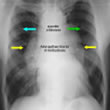
However, this may be possible under rare circumstances.1 talk to your doctor or local health department if 1.
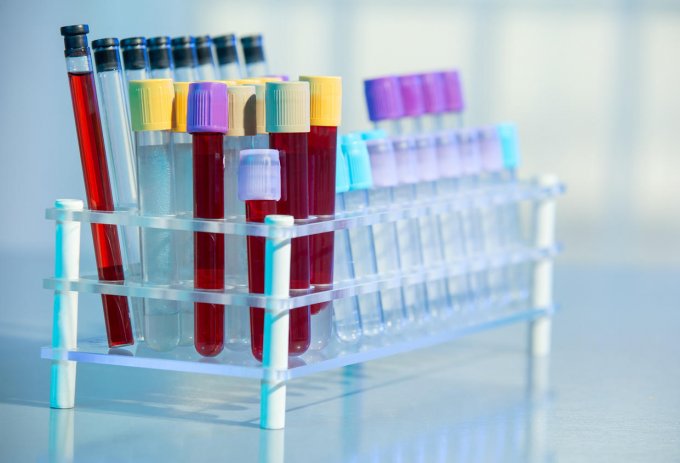
Although it is not always possible to eradicate the source of infection, it is possible to reduce the risks substantially.

Radiographic appearances often lag behind the clinical picture there can be deterioration on imaging despite clinical improvement.

Apart from the respiratory and inflammatory related symptoms, hyponatremia is a recognized feature due to inappropriate adh secretion.

Some patients may also have muscle pain, diarrhoea and confusion.
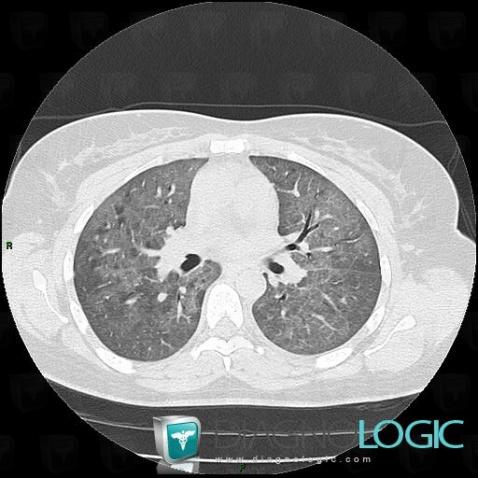
Decorative fountains and water features 5.

Initially, symptoms are fever, loss of appetite, headache, malaise and lethargy.

Legionellabacteria are found naturally in freshwater environments, like lakes and streams.
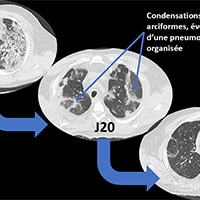
See full list on radiopaedia.org

Although it is not always possible to eradicate the source of infection, it is possible to reduce the risks substantially.

See full list on radiopaedia.org

Pure ground glass changes can also uncommonly occur 2.
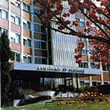
Cooling towers (structures that contain water and a fan as part of centralized air cooling systems for buildings or industrial processes) 3.
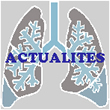
Pure ground glass changes can also uncommonly occur 2.

Some patients may also have muscle pain, diarrhoea and confusion.

The bacteria live and grow in water systems at temperatures of 20 to 50 degrees celsius (optimal 35 degrees celsius).

People with a chronic lung disease (like chronic obstructive pulmonary disease or emphysema) 4.

This happens when water accidently goes into the lungs while drinking.

Chez la personne atteinte d'une légionellose pulmonaire, l'imagerie montre des foyers infectieux.
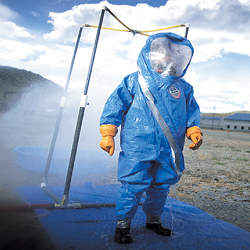
Legionellabacteria are found naturally in freshwater environments, like lakes and streams.